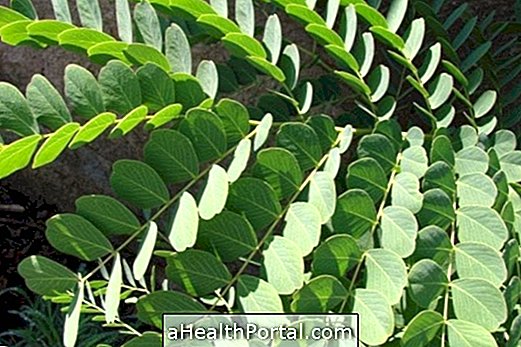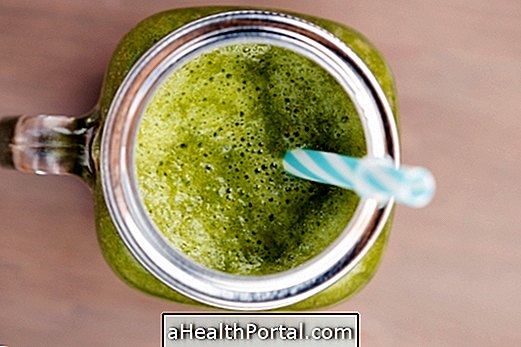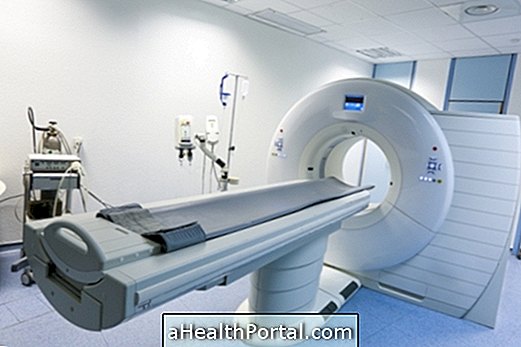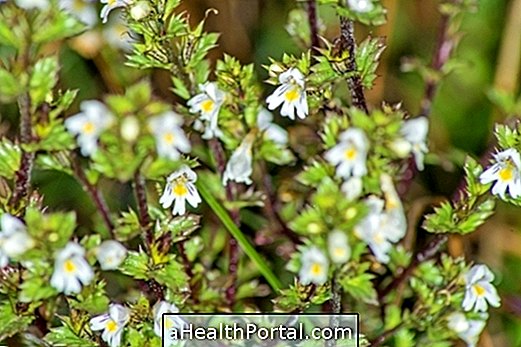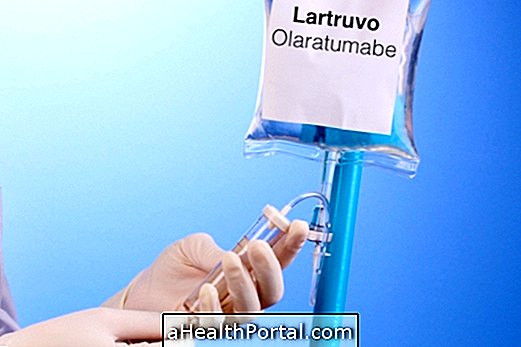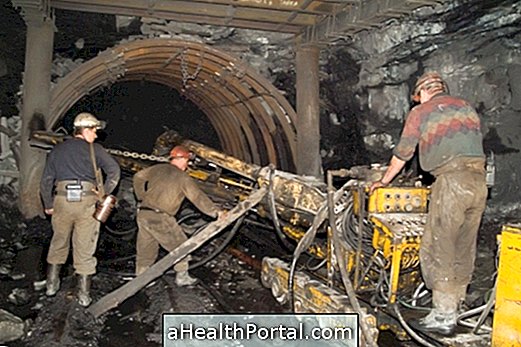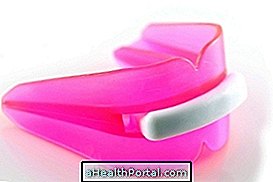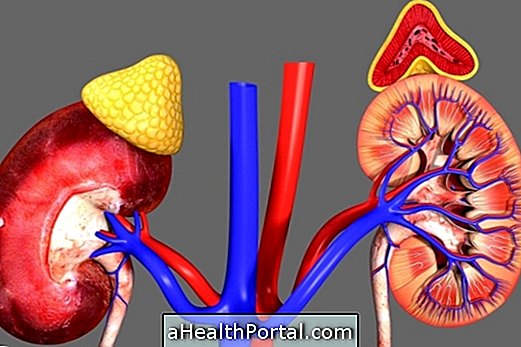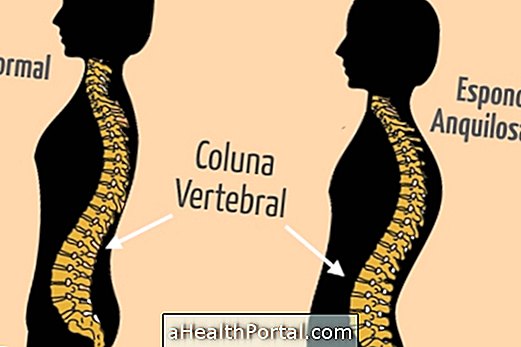Bursitis in the knee consists of inflammation of one of the pockets located around the knee, which function to facilitate the movement of tendons and muscles over bony prominences.
The most common is anserine bursitis, also known as goose-leg and is located on the medial part of the tibia, immediately below the knee and below the joint tendon, causing intense pain when climbing a ladder, for example. The treatment of bursitis consists in the prevention of the aggravating situation, resting of the affected part, administration of an anti-inflammatory when appropriate or local injection of corticoid.
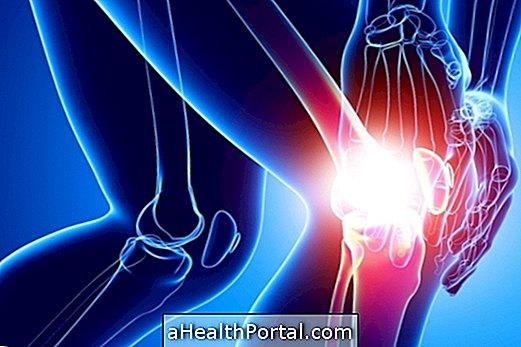
Signals and symptons
The signs and symptoms of knee bursitis can vary depending on the bursa that is affected and the factor that causes the inflammation. The most frequent symptoms are sensitivity, swelling and feeling of warmth in the affected portion of the knee and pain when making some movements, such as climbing the stairs, for example.
Possible causes
Bursitis in the knee can be caused by several factors, such as:
- Bursal bacterial infection;
- Excessive frictional forces that may occur during some physical activity;
- Injuries, such as falls or blows to the knee;
- Diseases such as rheumatoid arthritis, osteoarthritis or gout;
- Excessive pressure on the knee;
- Obesity.
Also, working on your knees on hard surfaces for extended periods of time or practicing sports in which you often fall on the knee can also lead to bursitis.
How is the treatment done?
Bursitis in the knee has healing and treatment can be done in several ways. During treatment, the joint should be rested, ice should be applied at the site and if necessary, take non-steroidal anti-inflammatory drugs such as ibuprofen or naproxen to relieve pain and swelling and elevate the knee when possible or do knee compression elastic bandage or elastic bandage.
Physical therapy is also a good treatment option, because good results are generally obtained, as it helps to reduce the inflammation process, relieves pain and decreases the overload on inflamed bursae.
In addition, your doctor may also give you antibiotics if you have an infection of the bursae and a corticosteroid injection or aspiration to remove excess fluid and reduce inflammation. Although rare, when knee bursitis does not respond to any other treatment, it may be necessary to have surgery to remove the affected bursa. See more about bursitis treatment.

Exercises for knee bursitis
There are exercises that can help in the treatment of knee bursitis that help strengthen and lengthen the muscles.
1. Stretch the hip on the wall
The person should lie on his back near an open door and stretch the uninjured leg straight forward on the floor and lift the injured leg by leaning it against the wall next to the door frame. Hold this position for 15 to 30 seconds and repeat 3 times.
2. Stretch the muscles
Increasing knee flexibility helps not only in the treatment, but also in the prevention of bursitis. To do this, the muscles of the back of the thigh and knee should be stretched for about 20 minutes, at least twice a day. For this, the person can sit and try to reach with their hands to feet until you feel a slight discomfort, but not to exceed this point to avoid causing injuries.








